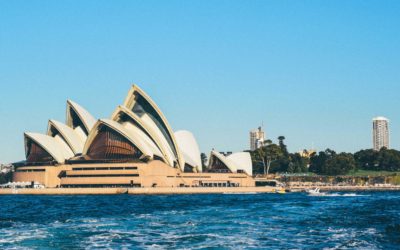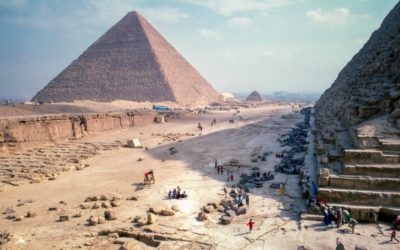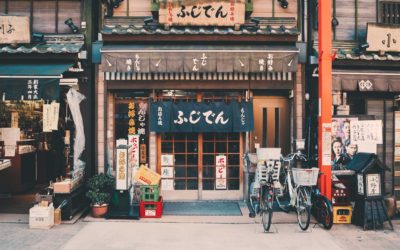Sydney, capital of New South Wales and one of Australia’s largest cities, is best known for its harbourfront Sydney Opera House, with a distinctive sail-like design. Massive Darling Harbour and the smaller Circular Quay port are hubs of waterside life, with the arched Harbour Bridge and esteemed Royal Botanic Garden nearby. Sydney Tower’s outdoor platform, the Skywalk, offers 360-degree views of the city and suburbs.
The Sydney area has been inhabited by indigenous Australians for at least 30,000 years.[9] The first British settlers, led by Captain Arthur Phillip, arrived in 1788 to found Sydney as a penal colony, the first European settlement in Australia.[10] Since convict transportation ended in the mid-19th century, the city has transformed from a colonial outpost into a major global cultural and economic centre. As at June 2015 Sydney’s estimated population was 4.92 million.[11] In the 2011 census, 34 percent of the population reported having been born overseas,[3] representing many different nationalities and making Sydney one of the most multicultural cities in the world. There are more than 250 different languages spoken in Sydney and about one-third of residents speak a language other than English at home.[12][13]
Despite being one of the most expensive cities in the world,[14] the 2014 Mercer Quality of Living Survey ranks Sydney tenth in the world in terms of quality of living,[15] making it one of the most livable cities.[16] It is classified as an Alpha+ World City by the Globalization and World Cities Research Network, indicating its influence in the region and throughout the world.[17][18] Ranked eleventh in the world for economic opportunity,[19] Sydney has an advanced market economy with strengths in finance, manufacturing and tourism. Its gross regional product was $337 billion in 2013, the largest in Australia.[20] There is a significant concentration of foreign banks and multinational corporations in Sydney and the city is promoted as Asia Pacific’s leading financial hub.[21][22][23][24]
In addition to hosting events such as the 2000 Summer Olympics, Sydney is amongst the top fifteen most-visited cities in the world,[25] with millions of tourists coming each year to see the city’s landmarks.[26] Its natural features include Sydney Harbour, the Royal National Park, and the Royal Botanic Garden. Man-made attractions such as the Sydney Opera House, Sydney Tower and the Sydney Harbour Bridge are also well known to



